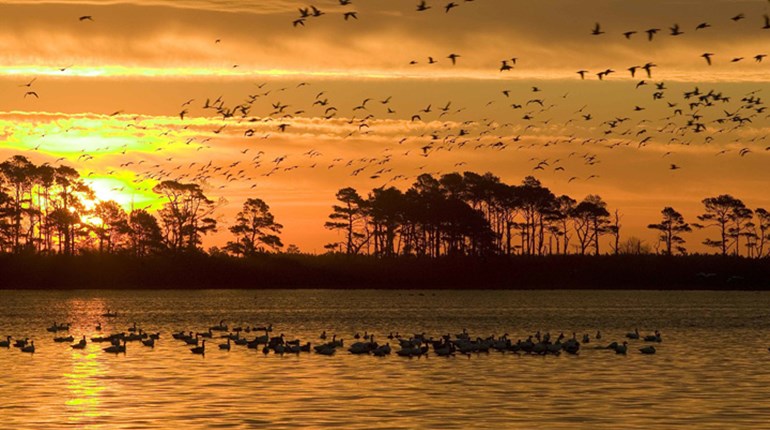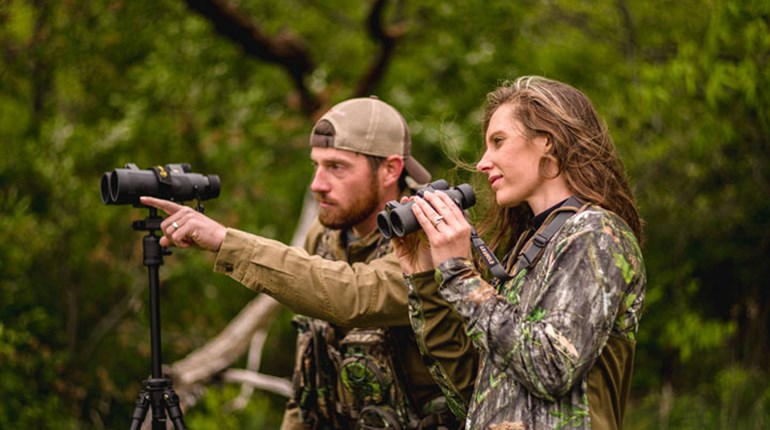
The U.S. Fish and Wildlife Service (USFWS) has released the results of its annual waterfowl survey—2013 Trends in Duck Breeding Populations—indicating a 6-percent decrease in the total duck population. The total estimate was 45.6 million breeding ducks in the surveyed area, down from last year's estimate of 48.6 million birds. Still, Ducks Unlimited (DU) considers the population “strong”, noting that it remains 33 percent above the 1955-2012 long-term average.
"This spring saw abundant moisture in much of the heart of North America's most important duck breeding areas," said DU Chief Scientist Dale Humburg. "That bodes well for duck breeding success this summer and hopefully, for hunting this fall. But we remain concerned with continuing loss of nesting habitat in these areas. Because ducks need both water and upland habitats to successfully raise their young, the ongoing loss of grasslands and wetlands across the Prairie Pothole Region will continue to impact the number of ducks in the fall flight.”
A breakdown of each individual species can be seen here.
Most concerning is the 20-percent drop in the scaup population. After several years of gradual increases, biologists and hunters hoped bluebills were on the mend. Last year the scaup limit doubled from 2010-2011 in many areas, with every state allowing at least four ’bills daily. Unfortunately I fear a return to the old stingy regulations.
Canvasbacks—the other population whose limit seems to change year-to-year—are relatively unchanged, so I expect another season of single-can limits.
Mallards, gadwalls, greenwings, pintails, shovelers, and redheads are all down according to the surveys, but not enough to indicate a significant change. Only scaup and blue-winged teal are down significantly, but the bluewing population remains a whopping 60-percent above the long-term average. Scaup and pintails are both below their long-term averages and North American Waterfowl Management Plan goals.
Don’t be alarmed by these numbers. A six-percent reduction may sound like a big chunk, but the population is pretty similar overall to last season. And, if we finally get a cool November and December, I suspect many of us will have our best season in three years.





































